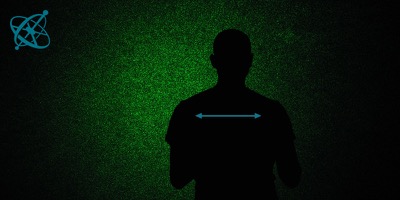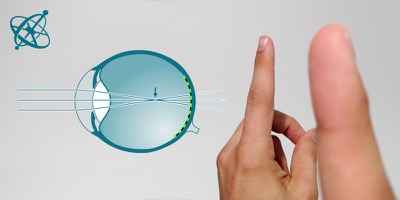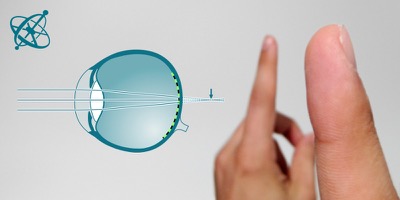 www.sciensation.org | Ciênsação hands-on experiments are published as Open Educational resources under a Creative Commons Attribution-ShareAlike 4.0 International License.
www.sciensation.org | Ciênsação hands-on experiments are published as Open Educational resources under a Creative Commons Attribution-ShareAlike 4.0 International License.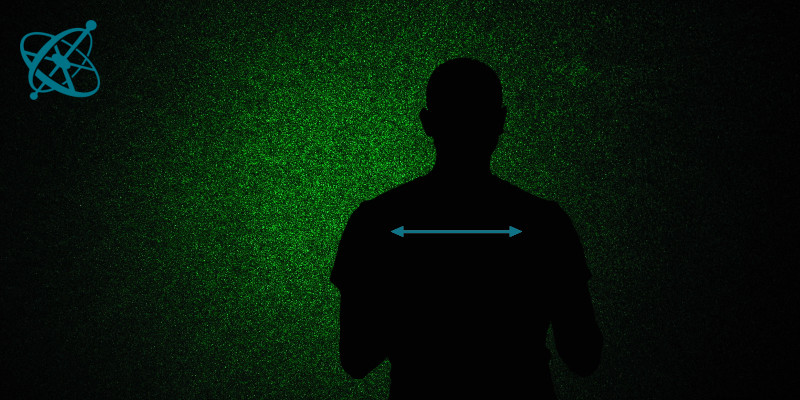
Do you trust your eyes or do you follow others?
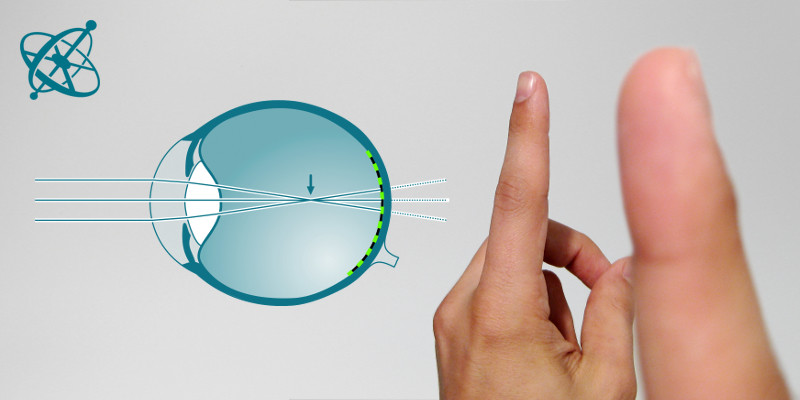
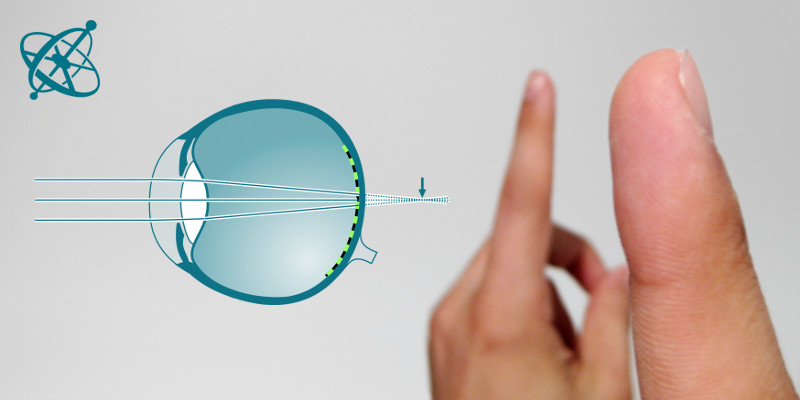
Believe your eyes, don't be deceived by 'public opinion'
Looking at the speckle pattern of a laser beam can teach a very important lesson about science:
Science should be based on facts, not the loudest opinion.
Wall
Lens
As teacher, you play an important role in this experiment. By temporarily misleading your students, you can teach them a healthy skepticism. They should learn to look for real scientific evidence instead of relying on other people's opinion.
Direct the light of a laser pointer through a lens onto a wall so that all students can see the laser beam as large bright spot with a random pattern of dark spots, the so-called speckles.
Ask your students to move their head to the left and to the right while watching the speckle pattern.
1. Does the speckle pattern move in the same direction as the head or into the opposite direction?
2. If you wear glasses, how does your observation change when looking at the speckles without glasses?
Now it is the teacher's turn to play a bit theater. Side with the majority and ask the students who make a contrary observation if they are absolutely sure that the speckles move in the direction they claim. If you give them the feeling that they are wrong, most of them will become insecure about their own observation. Try to convince the whole class that the speckles move in a certain direction – until you all 'conclude' that this is the case. Then reveal that this conclusion is wrong: The direction in which the speckles move literally depends on the eye of the beholder.
While an observer might think that she sees dark spots in the laser light 'on' the wall, these speckles actually are an interference phenomena that happens on the retina where the light is sensed. That is why even strongly near- or farsighted students will see the speckles sharp without glasses. Most people are either a bit myopic or hyperopic, meaning that the image of the wall inside the eye is located either before or behind the retina. If one moves the head to the side, the image of the wall therefore moves relative to the retina and the speckle pattern:
A farsighted (hyperopic) eye will 'see' the speckles move in the same direction as their head since the image lies behind the retina. You can see a similar effect if you hold two fingers at different distances in front of you. If you focus on the front finger and move your head, the back finger seems to move in the same direction as your head.
A shortsighted (myopic) eye will 'see' the speckles move in the opposite direction, because the image lies before the retina. Similarly, if you focus on the back finger, the front finger appears to move in the opposite direction of your head movements.
The really important lesson from this experiment is to trust in experimental evidence rather than to conform to the majority opinion – not only, but especially with regards to scientific questions.
